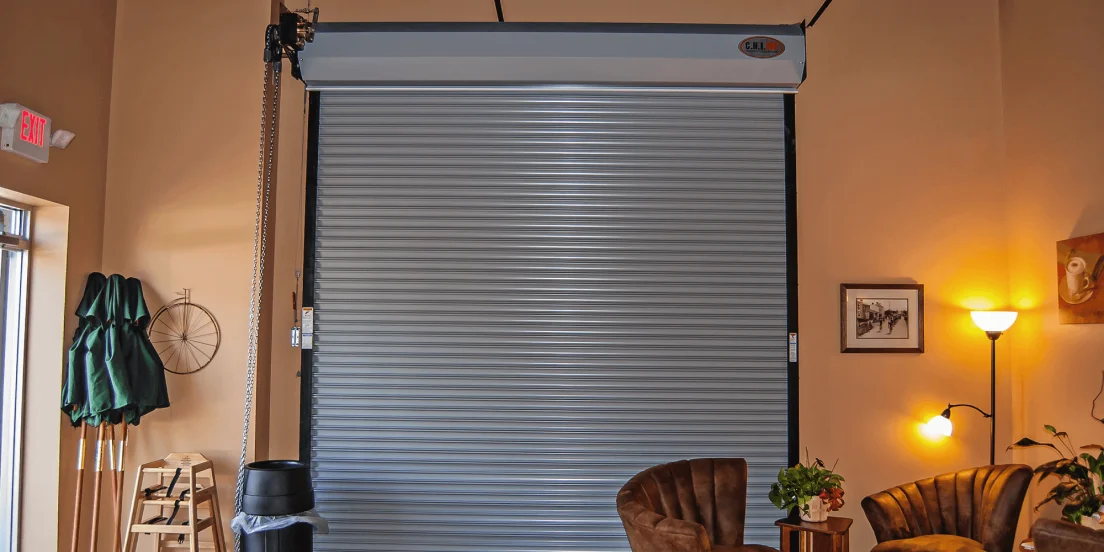
Fire Doors vs Fire Rated Doors: Understanding the Distinction
When it comes to fire safety in buildings, the terms “fire door” and “fire rated door” are often used interchangeably, leading to confusion about their respective characteristics and applications. While both types of doors are designed to provide fire protection, understanding the difference between them is crucial for ensuring compliance with building codes and maximizing fire safety measures.
Fire Doors
A fire door is a specialized door assembly that is designed to prevent the spread of fire and smoke from one area of a building to another. Fire doors are typically constructed with fire-resistant materials, such as steel or solid wood cores, and are equipped with specialized hardware, such as self-closing devices and smoke seals.
The primary function of a fire door is to compartmentalize a building into separate fire-resistant zones, slowing the spread of fire and providing occupants with valuable time to evacuate safely. Fire doors are usually installed in openings that separate different areas of a building, such as stairwells, hallways, and exits.
It’s important to note that fire doors are not assigned a specific fire-resistance rating, as their performance is evaluated based on their ability to pass standardized fire and smoke tests conducted by accredited testing agencies.
Fire Rated Doors
Fire rated doors, on the other hand, are door assemblies that have been specifically tested and certified to withstand direct exposure to fire for a specified duration, measured in hours or fractions of an hour. These doors are assigned a fire-resistance rating, which indicates the length of time they can resist the passage of fire, smoke, and hot gases.
Fire rated doors are typically constructed with specialized fire-resistant materials, such as mineral wool insulation, steel, or gypsum, and are designed to maintain their integrity and prevent the spread of fire and smoke for the duration of their rating. Common fire ratings for doors include 20 minutes, 45 minutes, 1 hour, 1.5 hours, and 3 hours.
Fire rated doors are often used in applications where a specific level of fire resistance is required by building codes or fire safety regulations, such as stairwells, elevator shafts, and areas with high fire risk.
Key Differences
While both fire doors and fire rated doors contribute to fire safety in buildings, the primary difference lies in their testing and certification processes:
- Fire doors undergo standardized fire and smoke tests to evaluate their ability to compartmentalize fire, but they are not assigned a specific fire-resistance rating.
- Fire rated doors, on the other hand, are tested and certified to resist direct fire exposure for a specified duration, and they are assigned a fire-resistance rating accordingly.
It’s important to note that fire doors and fire rated doors are often used in conjunction with each other, as well as with other fire protection systems, to create a comprehensive fire safety strategy for a building.
Conclusion
Understanding the distinction between fire doors and fire rated doors is essential for ensuring compliance with building codes, meeting fire safety requirements, and ultimately protecting lives and property. While fire doors are designed to compartmentalize fire and smoke, fire rated doors provide a specific level of fire resistance, making them suitable for applications with varying levels of fire risk. By utilizing the appropriate type of door in the correct application, building owners and facility managers can enhance the overall fire safety of their structures.
WANT TO KNOW MORE? WE’RE HERE TO GUIDE YOUR OPERATION TO EFFICIENCY!
Request Consultation
"*" indicates required fields
